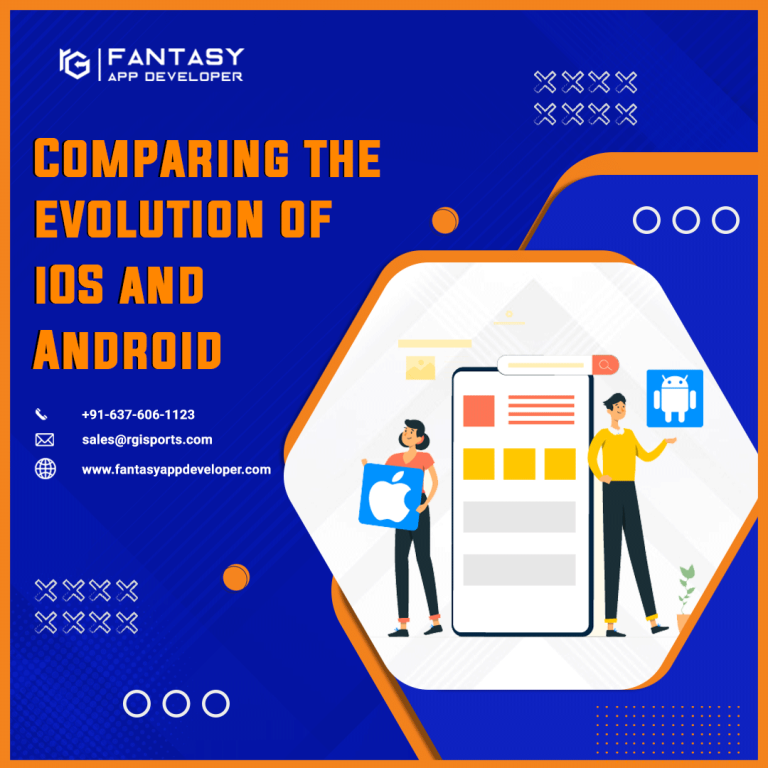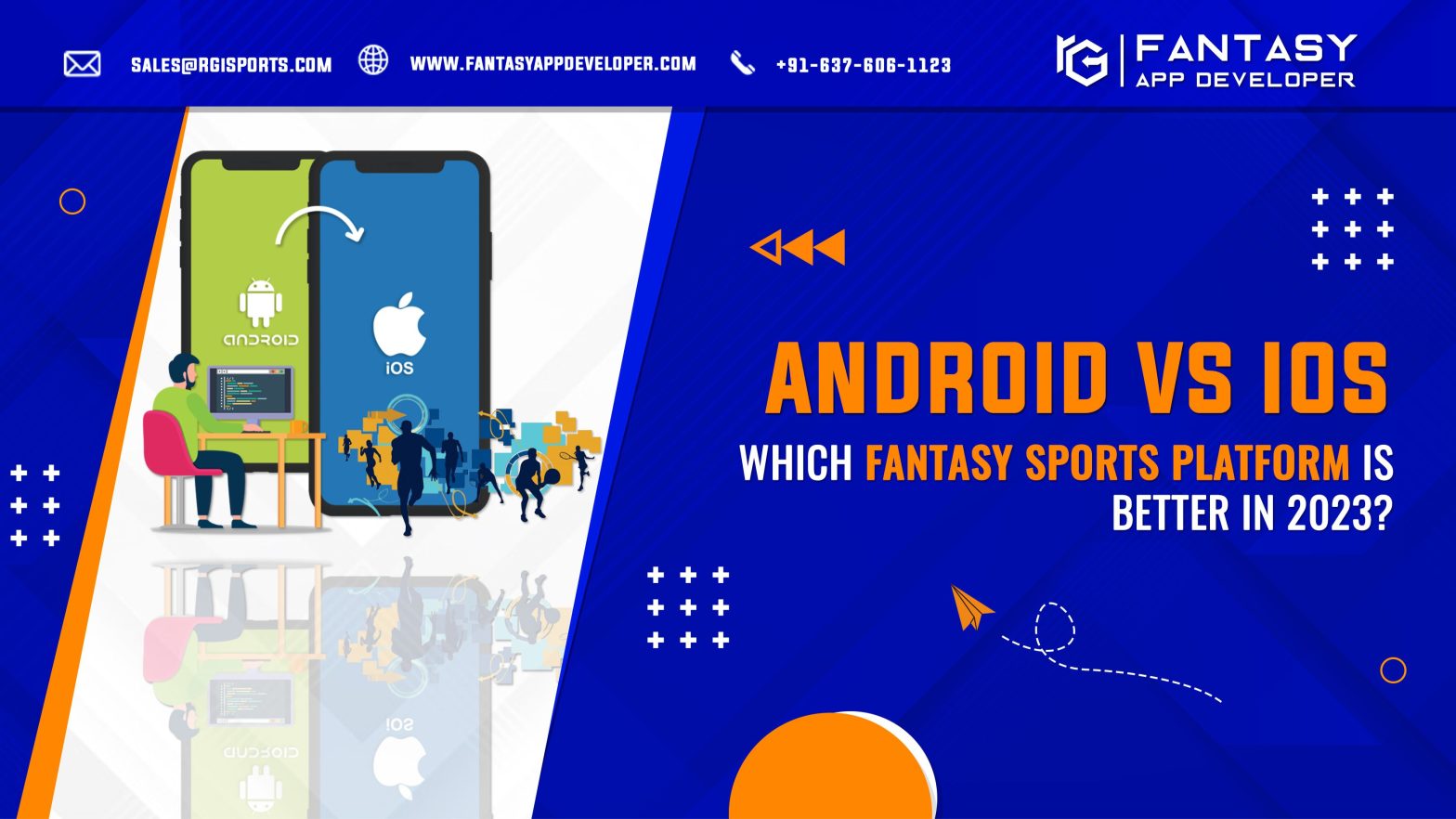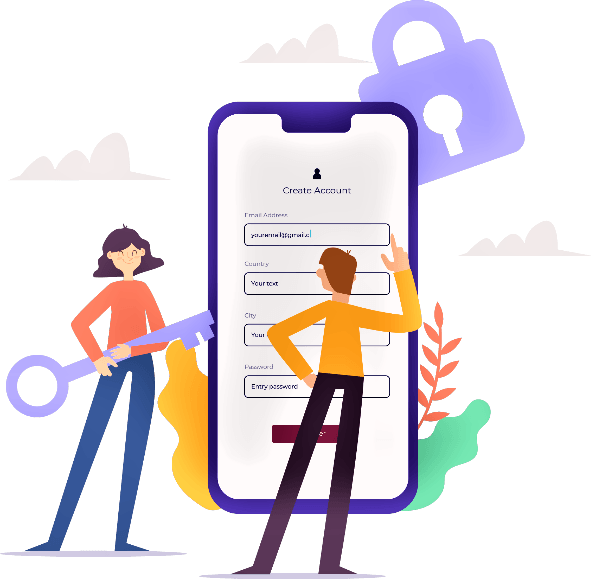Mobile app development is one of the areas of software development that is growing the quickest. Since there was a surge in mobile applications a few years ago, there has been an increase in demand for speedy and useful apps. In 2025 alone, it is predicted that users will use it for 87% of their internet time. Following the COVID-19 outbreak, there has been a significant spike in interest in the development as companies were forced to quickly move online. In March, usage of the videoconferencing program Microsoft Teams increased by 1000%, with 2.7 billion minutes of meetings taking place in a single day.
Numerous other sectors, including telehealth and education, have also shown a critical need for mobile apps to aid with adaptation. Android and iOS are the two primary platforms from which to choose when developing native apps. These are the undeniable worldwide market leaders. Both Android and iOS provide excellent development options, so it’s crucial to thoroughly evaluate an in-depth iOS vs. Android comparison before making a decision.
Advantages and Drawbacks of Android Development
The Advantages of Creating for Android
01. Flexibility:
Android generally provides a much less restricted environment than iOS does. These apps are distributed in such a way that they may be used on almost any Android smartphone without any hardware compatibility problems. For Android, the development process is also more adaptable. By relying on Java, this platform also makes it possible for developers to go more smoothly. Because Windows, Mac OS, and Linux all support the Java programming language, developers can create Android apps regardless of the operating system that their computer uses.
02. Educational Resources:
Google offers a thorough knowledge base, exercises, interactive materials, and full training programs for Android developers of all experience levels.
03. Announcing the app:
Google has tightened its standards for apps that developers seek to publish on Google Play beginning in 2025. For new developers, the review procedure that used to be completed automatically in seven hours may now take up to a week. Despite this novelty, though, most Android apps that don’t go against the business’s content policy are accepted. Additionally, developers are required to pay a $25 one-time registration fee.
04. Extending past smartphones:
Making software for an extensive network of hardware is a must for developing Android apps. To make your app compatible with systems like Android Auto, Wear OS, Daydream, and Cardboard VR headsets, among others, you can add new functionalities. This flexibility gives you the ability to incorporate your app into users’ automobiles, TVs, and wearables in addition to their phones, albeit it can cause design problems.

The Drawbacks of Creating for Android
01. Quality control issues with Android development:
Although fragmentation might be quite advantageous in that it lets you simultaneously work for several different Android platforms, it also makes testing very challenging. Because most consumers don’t update their operating systems when updates are available, developers frequently have to release fixes for even the most simple software.
02. Cost:
Usually, Android development takes longer than iOS development. Costs related to the development and subsequent quality control rise accordingly.
03. Less time is spent by users in the app:
Android users favor free apps more than iOS users do, and they also spend less on in-app purchases.
04. Potential security concerns:
Android is a more open-source platform than iOS, which is far more closed-off, making it more susceptible to hackers.
Advantages and Drawbacks of creating iOS applications

The benefits of developing for iOS
01. Performance:
Because iOS mobile apps consistently deliver excellent performance, there is a big market for their creation. The finished creation of any software on this platform has very few flaws and is speedy, dependable, and simple to use. However, by leveraging this family of operating systems, developers can produce for a variety of devices rather than just a certain subset of phones.
02. Faultless and elegant UI/UX:
Apple offers developers comprehensive instructions for making the user interface for their apps. Although it might feel restrictive to some, this approach frequently results in fantastic user experiences.
03. Building an ecosystem for Apple:
This argument could fall under either of the categories of iOS app development’s advantages or disadvantages. On the one hand, users may find it difficult to move files from one device to another if there is only one component, like a smartphone, that runs such a closed OS.
The drawbacks of developing for iOS
01. Rigid criteria for the development environment:
Native iOS development requires Mac-only software, such as XCode. You will therefore require at least one other piece of Apple technology to create apps for iOS handsets.
02. App launch:
Generally speaking, Google Play is less demanding than the Apple App Store. Your app may still be rejected even if it doesn’t violate any guidelines if it isn’t pertinent or useful enough.
03. Customization:
You are limited in how much you can alter the app’s interface in iOS. Additionally, it might be challenging to implement certain features if they require communication with other software.
Comparing the evolution of iOS and Android
01. Future potential
With 74.4% of the global market share being occupied by Android devices, the future of Android app development is very bright. Due to their outstanding performance and ongoing innovation, iOS devices are becoming more affordable and more and more popular. In general, choosing between iOS and Android for your app development is not a good idea because neither platform will become less popular shortly.
02. Revenue
Despite iOS users having a better lifetime value than Android users, the latter’s market share remains undisputed (LTV). Even if there isn’t a clear winner in the Android vs. iOS developer revenue race, analysts believe that overall, in-app user spending will hit $60 billion for the iOS App Store in the next year.
iOS will give you more options to turn a profit if you’re going to develop a retail app or an app that offers comprehensive supplementary material that a customer may purchase.
03. Target Market
You should initially take into account the anticipated features of the app before determining your target audience. However, there are some more intrinsic differences between iOS and Android users that you can take advantage of when choosing. Statistics indicate that if your target audience is mostly in the technical or medical professions, producing apps for Android may be more effective. Business people, managers, and sales specialists tend to choose iPhones more.
04. Timelines and the Development Budget
In terms of required funding and development time, iOS continues to be the victor of the Android vs. iOS app development competition for the time being. The coding languages used by the two platforms start to matter a lot. While iOS makes use of Swift, the native programming language of Apple, Android relies on Java. Swift frequently seems more user-friendly and suited to iOS developers’ needs. As a result, lesser time is spent on coding, which reduces expenses. Additionally, unlike Android, iOS does not support open-source software, and it strongly encourages software standardization to guarantee the proper and faultless operation of the app on all devices for which it was designed. The knowledge offered expedites the development process and lowers the cost of future bug solutions.
05. Maintenance Following Launch
Android users regularly continue using earlier OS versions. Up to 50% of Android smartphones are currently using out-of-date software, which causes unexpected issues and crashes in fresh apps that are otherwise fully functional. Since iPhone users experience this issue considerably less frequently than Android users, iOS app maintenance is typically less expensive.

06. Desired Qualities
Android’s greater openness compared to iOS is the primary distinction between the two operating systems. An open-source operating system is the first. It entails giving developers access to iOS’s restricted hardware, file systems, and functionality. Additionally, Android is easier to customize.
07. Place of use
If your target market is in North America, Australia, or Western Europe, developing iOS apps can be more profitable. In Japan, the United States, and the United Kingdom, iOS has a larger market share than Android. Due to its wider geographic reach, Android is popular among users in Latin America, Africa, and several regions of Europe. In Germany, China, Brazil, Nigeria, and India, this platform outperforms iOS in terms of market share by a significant margin.
08. Posting to the App Store
Android is currently a more accessible platform when compared to iOS. Google Play still accepts the majority of submitted apps, even though the review process now takes longer than it did a few years ago. The likelihood that the shop will eventually display your application is very high if you adhere to all of the corporate policy rules. The Apple App Store is pickier about the programs it accepts for sale. Currently, the majority of apps only need to go through the review process once every two days, but with Apple, the likelihood of rejection is higher. Additionally, unlike Apple’s App Store, which charges developers a monthly fee of $99, Google simply charges a one-time $25 cost for developers to begin uploading their apps to the store.
09. Since most clients only use one particular platform
It is viable to launch an app without making a unique build of it for each different system. Additionally, compared to a single codebase, post-release maintenance for two platforms is much more costly and time-consuming. After the first release, bugs, updates, and regular revisions are all inevitable. One platform makes it simpler to deliver fixes.
10. Starting with just one platform is significantly simpler:
You may develop a functional prototype, release it onto the market, and then wait for feedback from your initial clients. Depending on the information you gather, you may decide to create a cross-platform app rather than expand to another platform.
Wrapping it all Up…
When determining whether to design for iOS or Android, take into account things like user location, your budget and time constraints, how distinctive you want your interface to seem, and your target demographic. This list covers the most important factors to consider when choosing the initial platform for your application, while there is many more Android vs. iOS development differences. Overall, both these operating systems are the major leaders in the industry, have a bright future, and also have the potency to appeal to a huge audience across all industries.
So, if you are looking forward to assisting to develop android or iOS apps, then you can freely contact Fantasy App Developers to get your fantasy app at the best price and also get the best support and assistance to develop your fantasy app.



